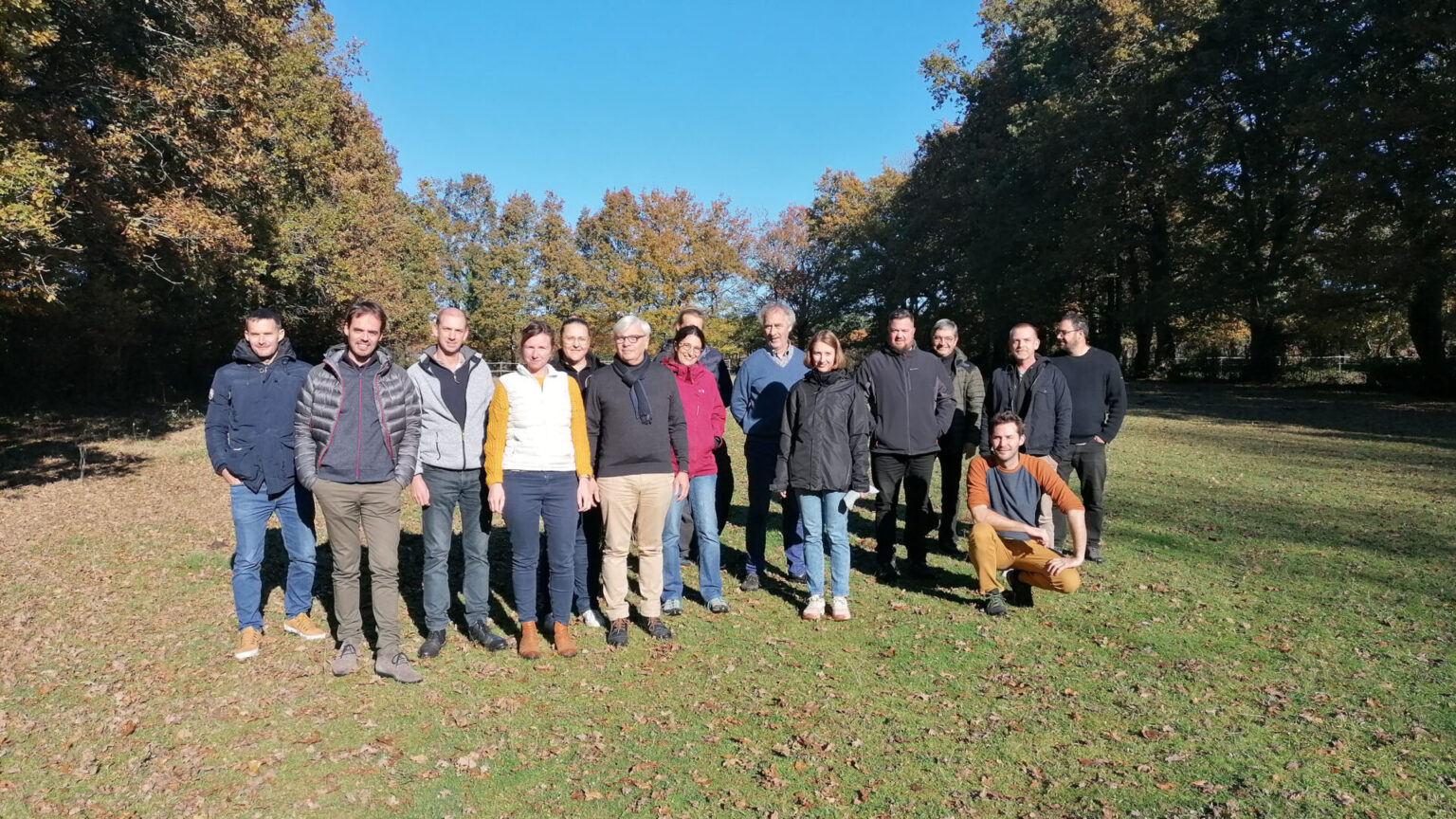
Compost In Situ Collecte et valorisation des biodéchets
Products mixed in to household food waste as plastic, glass, and wood need to be separated manually, in order not to hinder the composting process and lower the quality of bio-fertilizer (planting soil). Indeed, the classification cost is $17.74 per ton, accounting for 64.70 % of the total expenditure. The efficiency and the cost of composting.

Compost & Co dans la Vienne Compost In Situ
Soil moisture is the primary driver of variability in dryland carbon and water cycling, according to a synthesis of eddy covariance, remote sensing and land surface model data from the western.
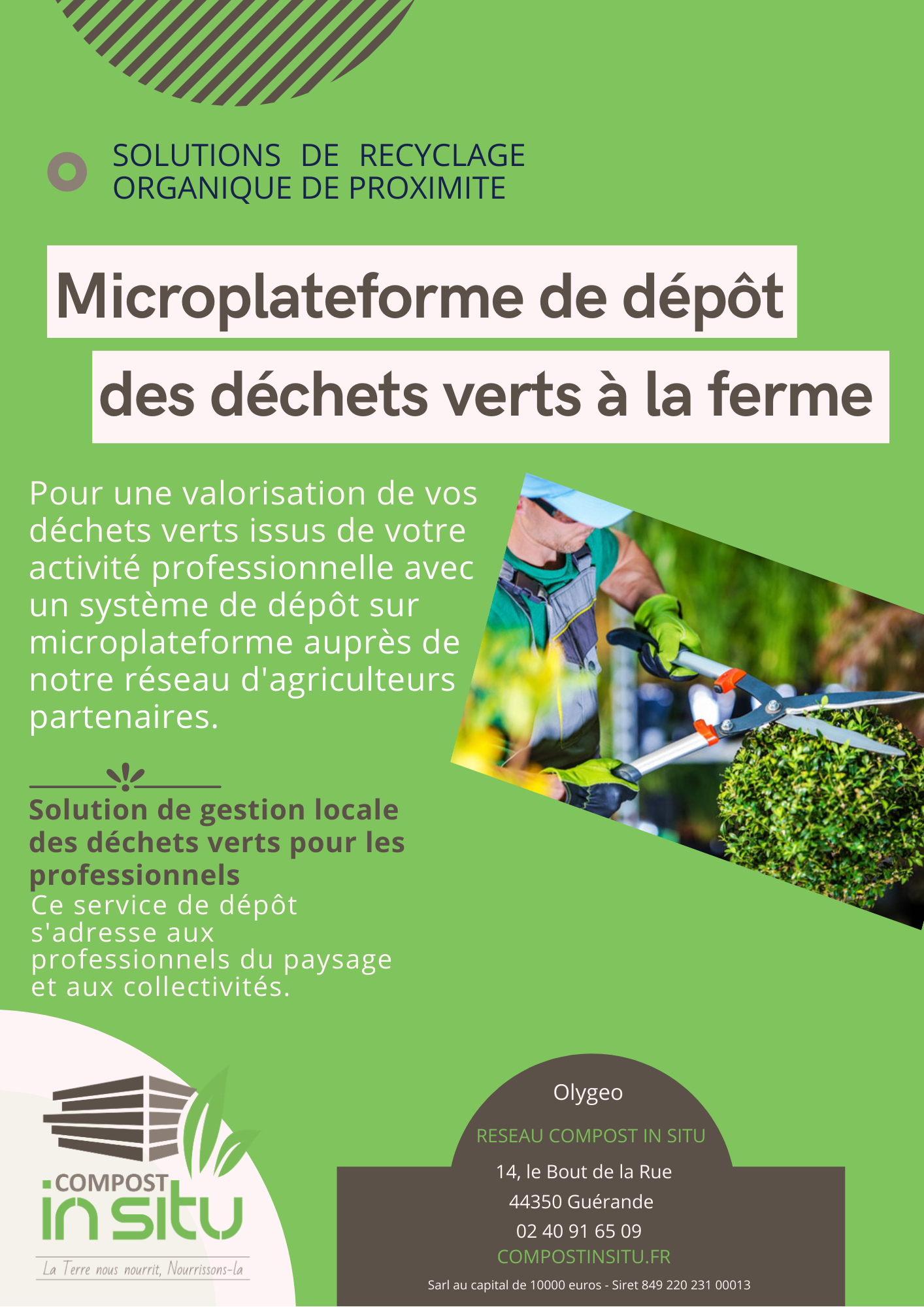
COMPOST IN SITU La Terre nous nourrit, Nourissonsla ! Takagreen
Español Recycling organic debris for composting and improving soil doesn't have to be a chore! If hot composting is not for you, try one of these easy cold composting methods. They are considered "cold" because little or no heat reaction occurs as the material decomposes.

Compost Making at Home, With Worms How to Compost
Composting is a self-heating biological process that has been used for centuries as an organic waste management solution. Apart from managing organic waste, the composting product can be used as a soil amendment and organic fertilizer.

Home Made Fertilisers Savour Soil Permaculture
In-situ composting, or composting directly where you're going to grow, is simple and it's a great way to deal with a glut of compostable material. Worms and microbes in the soil will do a fantastic job of turning all that organic matter into crumbly, nutrient-rich compost, right where you want to use it.
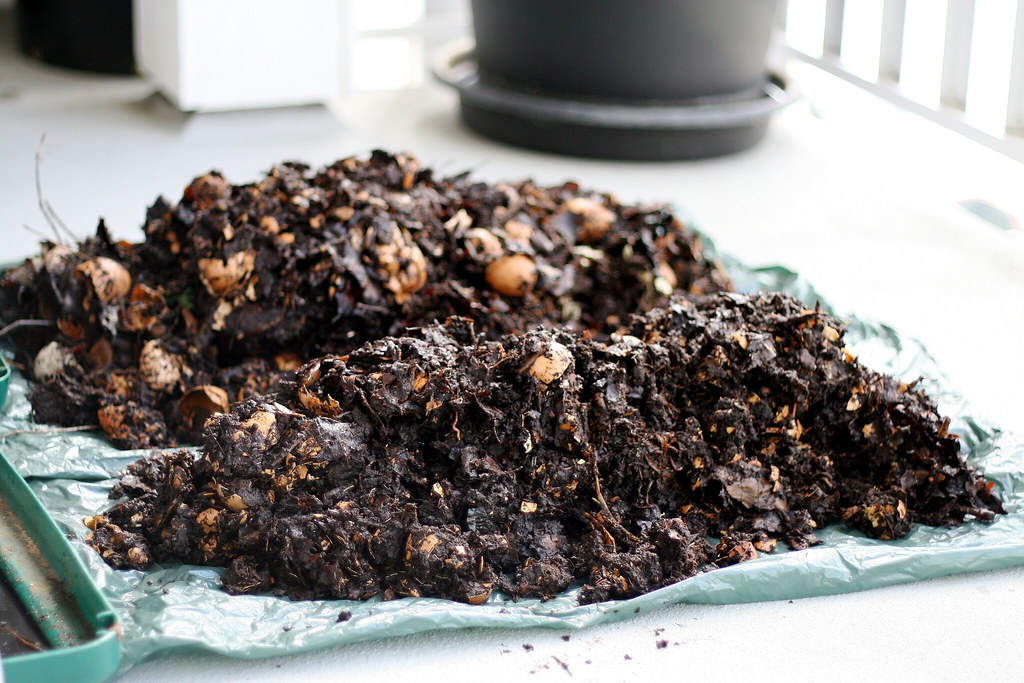
compost Harvesting our compost today, the worms have been … Flickr
In situ composting is possible and reduces the need to turn the compost. There are several ways to compost in place, removing the need to move the material and maintain it. Trenching, layering, and cold composting are all reliable ways to break down organic matter.
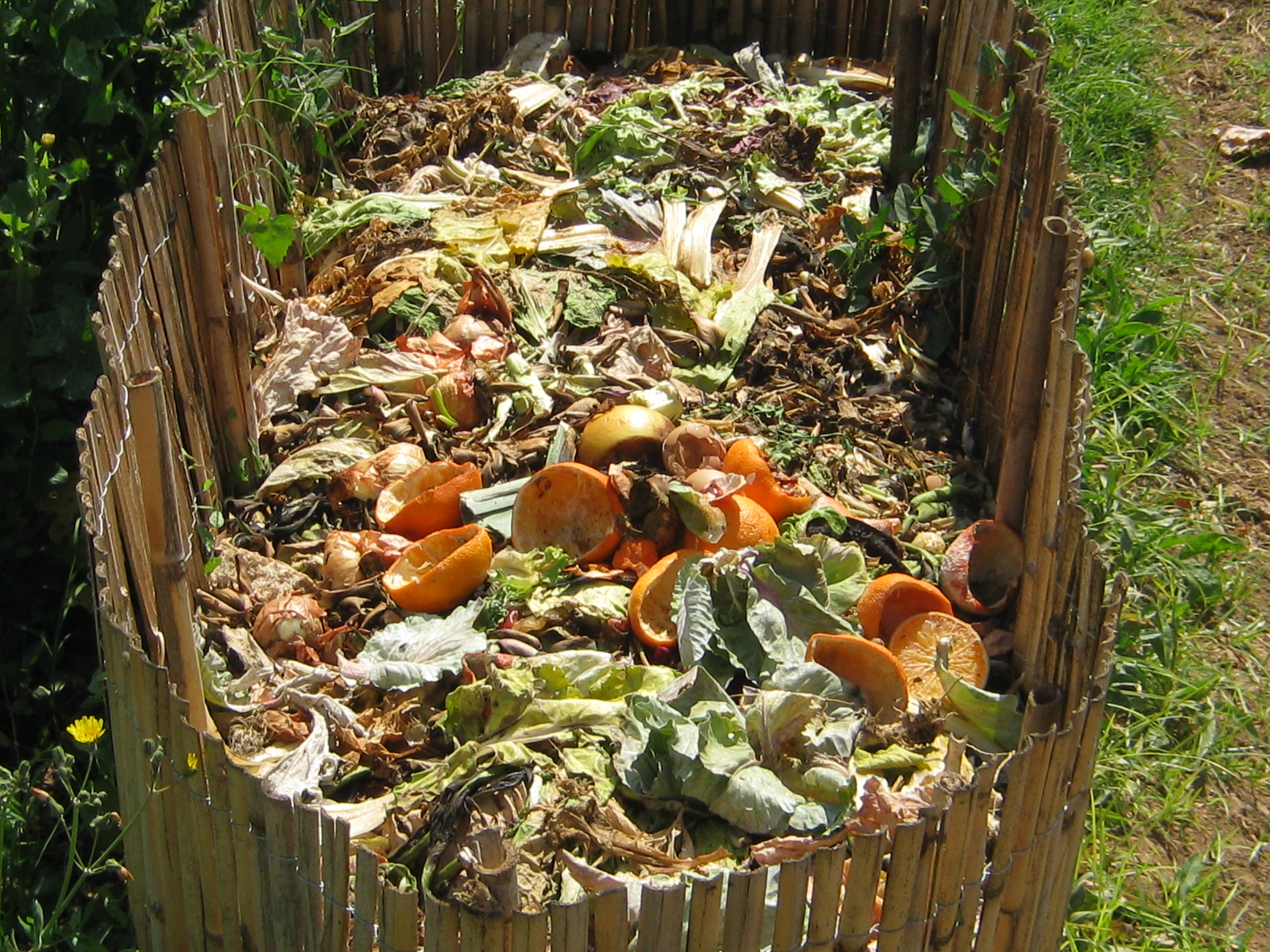
Con el compost devolvemos valiosos nutrientes al suelo
Step 1. Take a spade or garden fork and dig a trench between 45-60 cm (18 - 24 inches) deep. I like to keep my trenches to around a spade or forks width, but a little wider is fine too. Step 2. Add vegetable scraps, grass clippings, leaves, weeds, and any other small prunings you may have at hand.

COMPOST IN SITU La Terre nous nourrit, Nourissonsla ! Takagreen
Making easy compost in-situ directly nourishes the soil and reduces the heavy lifting of carting compost around (on my slope, this is important. I popped a calf muscle once - ouch!!). Compost from my compost 'tractor' Why compost? I create compost all around my garden. It does many things, such as: provide nutrients to help the plants thrive

Compost In Situ respecter ou anticiper vos obligations légales
GrowVeg 595K subscribers Subscribe 162K views 7 years ago 💛 📖 See the GrowVeg book here: https://www.growveg.com/growveg-the-b. . We all know that composting is essential in the garden, but.

COMPOST IN SITU La Terre nous nourrit, Nourissonsla ! Takagreen
In situ ( / ɪn ˈsɪtjuː, - ˈsaɪtjuː, - ˈsiː -/; often not italicized in English) [1] [2] [3] is a Latin phrase that translates literally to "on site" [4] or "in position." [5] It can mean "locally", "on site", "on the premises", or "in place" to describe where an event takes place and is used in many different contexts.
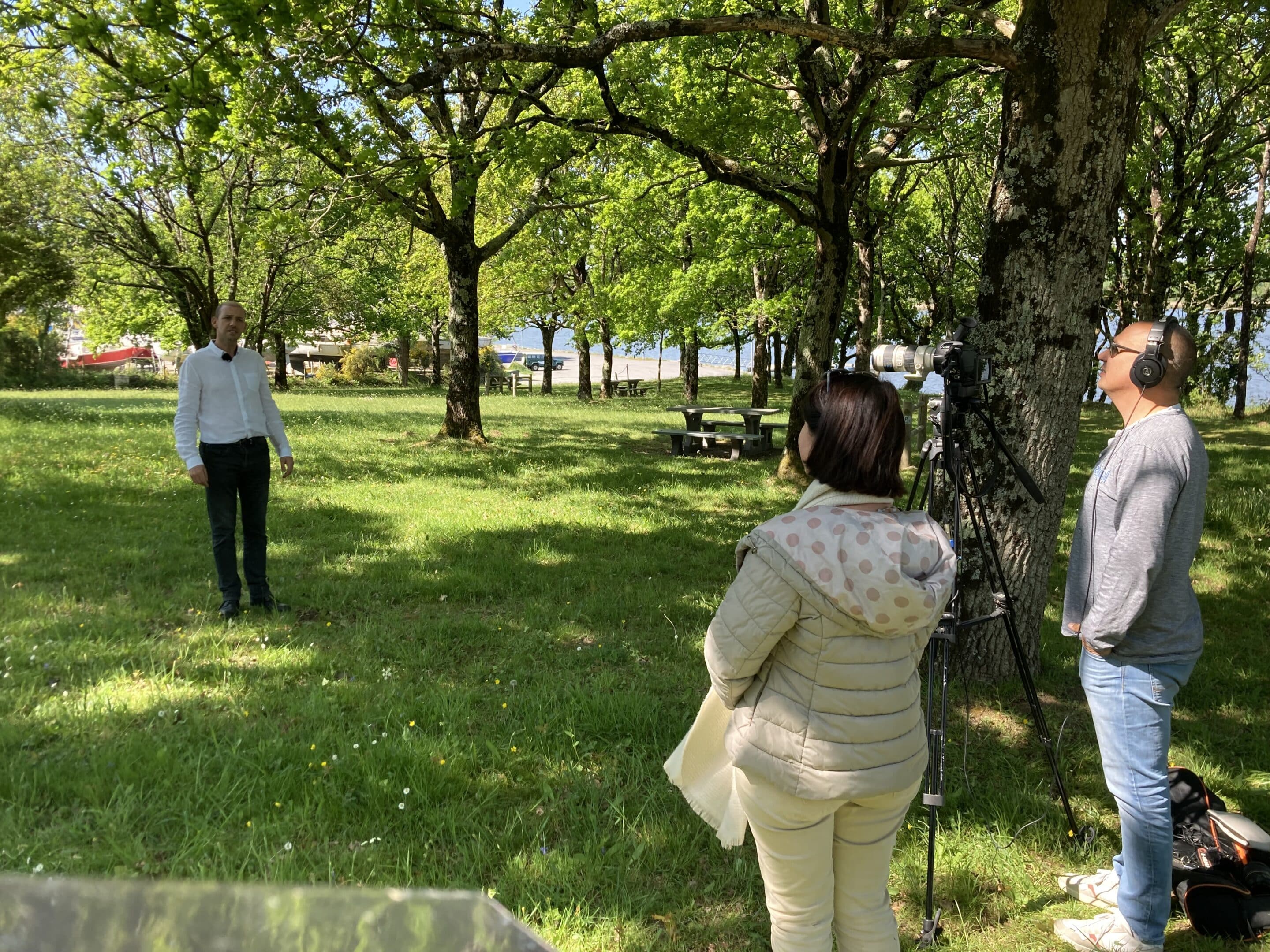
Création site du réseau Compost In Situ
Similarly, composting in situ can be done in honey holes, trenches or with sheet mulching. A honey hole is created by burying kitchen scraps and other compostable materials directly into the garden. This will create pockets of fertility and nutrition in the garden while keeping the remaining soil structure intact. Trench composting works the.

Présentation Compost in situ
In-situ composting means that you are composting directly where you're going to grow. It is simple and it's a great way to deal with a glut of compostable material. Worms and microbes in the soil will do a fantastic job of turning all that organic matter into crumbly, nutrient-rich compost, right where you want to use it.

Mentions légales COMPOST IN SITU
Composting in place is a good method for small, packed-in gardens. Composting in situ is the closest you can get to how composting happens in natural ecosystems. Can you imagine Mother Nature building three-part compost systems in the woods? I don't think so!
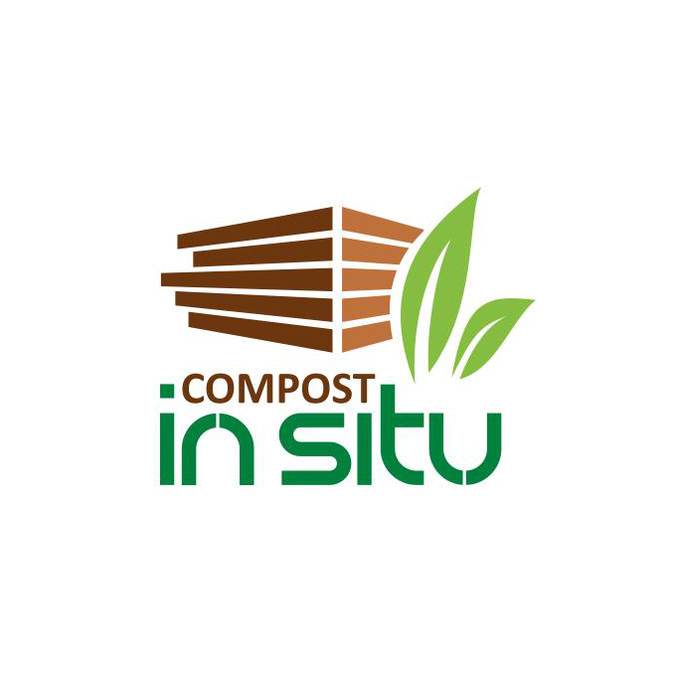
Compost'In Situ Les Scop de l'industrie
In-situ composting, or composting directly where you're going to grow, is simple and it's a great way to deal with a glut of compostable material. Worms and microbes in the soil will do a fantastic job of turning all that organic matter into crumbly, nutrient-rich compost, right where you want to use it.

Compost Techniques Composting in Situ [video] « blog.mrfothergills.co.uk
For that reason, I have one in-situ compost in each raised bed in the garden, plus a few in ground-level beds. Each compost is drilled with about 100 1/4″ holes spaced evenly along all vertical sides to within no less than 2″ of the top lid ridge, and is sunk up to lid level in soil. Keeping the holes well below soil level, and the lid.
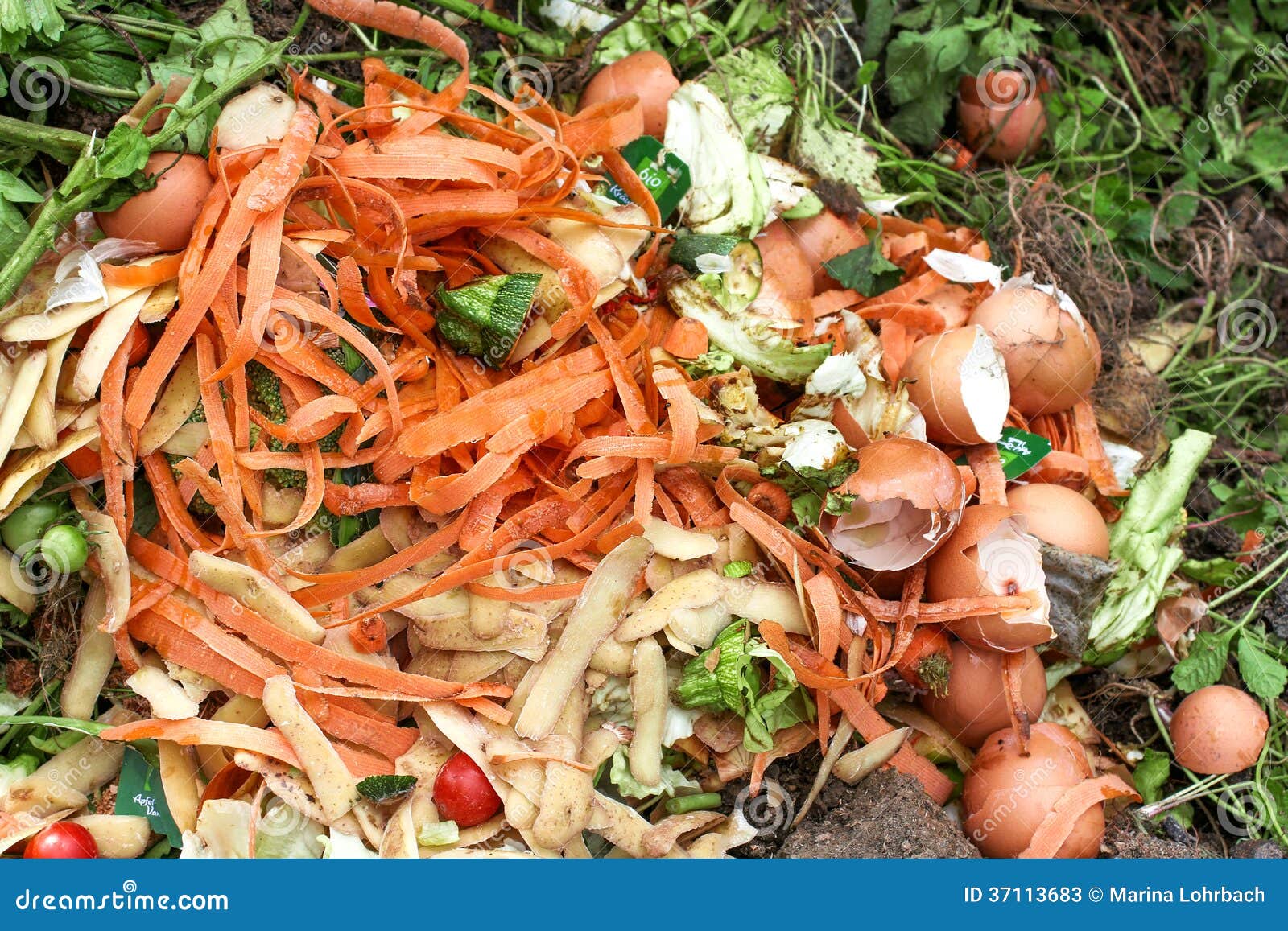
Compost heap stock image. Image of gardener, earth, compost 37113683
Called 'in-situ composting', it's a fantastic way to build the soil for your crops next year. Composting in-situ is a great way to cope with lots of spent crops or sudden gluts of kitchen waste, for example when processing fruits and vegetables for winter storage.